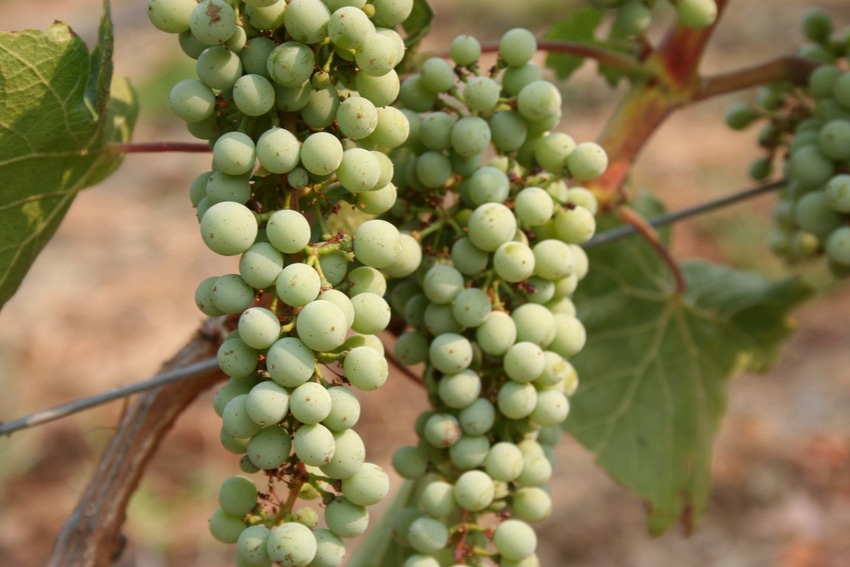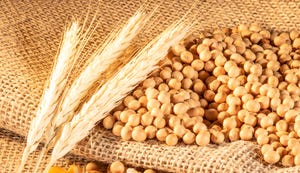November 15, 2017

California farmers have always found new and better ways to produce healthy food while simultaneously protecting resources for future generations. Today, some Central Coast producers are achieving new levels of success by boosting yield and sustainability using a new approach to nutrient stewardship.
Those of us working to support farmers understand the importance of implementing long-term sustainability goals while also recognizing increased consumer demand for information about where food comes from and how it was produced.
Farmers have traditionally adopted management practices based on operational restrictions and the use of best practices available at the time. The 4R Nutrient Stewardship program provides a new approach to nutrient management and is yielding excellent results in California groves and orchards.
The 4R Nutrient Stewardship program promotes implementation of the right fertilizer source at the right rate, time, and place. The program is an innovative- and science-based approach that offers enhanced environmental protection and production, increased farmer profitability, and improved sustainability.
By working alongside California farmers, crop advisors and retail providers can ensure that products and technology contribute the maximum value to crops while minimizing nutrient loss to the environment.
I’ve been fortunate to meet progressive and successful farmers including Ryan Talley, a third-generation farmer with Talley Farms in the Arroyo Grande Valley. His family has always appreciated the connection between healthy soil and productive farming.
“The soil is a very critical aspect of sustainability, and it is important to treat soil and land with respect so ultimately we can pass it down to the next generation better than we received it.”
The Talley family farming tradition began in 1948 when Oliver Talley began growing vegetables on the Central Coast. Talley Farms is now a diversified, family-owned farming company which grows, packs, and ships a variety of vegetables, plus wine grapes, lemons, and avocados.
Talley says the 4R Nutrient Stewardship program and the support received from his Crop Production Services (CPS) agronomist is playing an important role in helping his operation and others achieve economic, environmental, and sustainable crop nutrition while improving agricultural productivity and the return on investment.
“We don’t just apply the same amount of fertilizer that my grandfather did back in the 40’s and the 50’s,” he said. “Now, we go out and take soil samples and take petiole analysis, and do whatever it takes on each individual crop so essentially we’ll have a certain recipe for each crop we grow.”
Talley ultimately uses “fewer inputs, as well as less fertilizers, chemicals and pesticides, because we’re refining our practice and becoming better at that practice through the use of technology.”
Whether a side dress or a pre-plant slotted on the bed top, placement is well-defined. It is impossible to talk about fertilizer without touching on all four of the 4Rs. 4R Nutrient Stewardship tools, including soil analysis and precision fertilizer applications, help control input costs while increasing yield. Utilizing the 4R program also improves financial capital.
As farmer profits improve, their quality of life is improved while advancing economic activity in their communities. In addition to profitability, farms are more sustainable, creating increased opportunities for future generations of California farmers.
Agricultural retailers and agronomists play a key role in helping farmers learn and adopt the 4R method. In fact, everyone involved in agriculture production has a stake in helping farmers meet increased demands as global food demand increases.
Industry experts agree that the increased production of food, fiber, and fuel will only be achieved by intensified production and not through expansion of an arable land base. In fact, the global population is on track to increase by more than two billion people in the next 40 years. With this comes the need to improve agricultural production efficiency by 2050.
The 4Rs are mutually beneficial for California farmers plus the environment. Those fortunate to work in sustainability are dedicated to raising awareness and promoting the benefits of the 4R program, but also supporting California farmers in the fields, orchards, and groves to help them farm successfully while preserving the soil, water, and air.
More information on 4R can be found online at www.nutrientstewardship.com.
(Editor’s note: Sarah Fox works on sustainability initiatives and stakeholder relations at Agrium.)
About the Author(s)
You May Also Like




